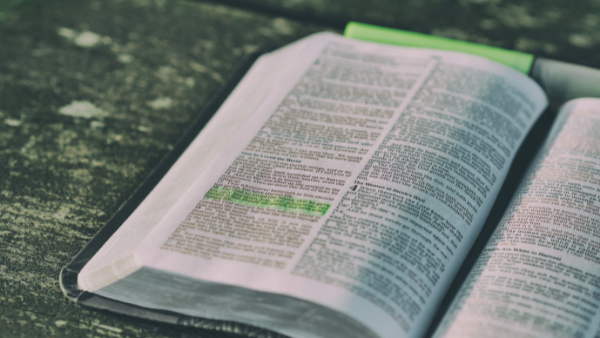By Jeffery M. Leonard, Ph.D.
Associate Professor of Biblical & Religious Studies, Samford University
ARE MIRACLES RELEVANT?
John 10:22–26; 14:8–14
The miracles that populate the pages of Scripture defy easy categorization. Some, like the great plagues that struck Egypt and the parting of the Red Sea, were divine works on an epic scale, while others, like Elisha’s making good water out of bad or filling the widow’s jars with oil, were much more limited in scope. Some, like manna in the wilderness and water from a rock, were meant to provide for God’s people, while others, like deadly quail and fiery serpents, were meant to punish. Some, like the fire that consumed Elijah’s sacrifice, were meant to show God’s greatness, while others, like His enabling Sarah to conceive in her old age, were meant to show His goodness.
Each of God’s miracles seems to have served its own unique function.
The miracles that are recorded in the Gospels are as wide-ranging as those found elsewhere in Scripture.
Some are as dramatic as Jesus walking on the water and calming the wind and the waves, while others are as seemingly small as His cursing an unproductive fig tree. With some, Jesus heals the blind and the lame and even raises the dead, while with others He provides food for the hungry masses.
As varied as the kinds of miracles Jesus performs are the purposes for which He performs them. In Matthew, Mark and Luke, Jesus’ miracles are often performed in private. It is interesting to see how miracles appear in John’s Gospel.
Miracles point to Jesus as God’s chosen Messiah. (10:22–26)
John’s Gospel, more than any, points to Jesus’ miracles as signs confirming His identity as the Messiah. John tells his readers this directly when He mentions that although Jesus did many other signs which are not recorded in his Gospel, “These are written so that you may believe that Jesus is the Messiah” (20:31).
This parallels Jesus’ own teaching on the matter in John. When asked to say plainly whether He is the Messiah, Jesus replies that the works He does in His Father’s name testify that He is.
Miracles point to the divinity of Jesus. (14:8–11)
Jesus’ miracles in John’s Gospel also attest to the intimacy of Jesus’ relationship with the Father.
On one occasion, Philip asks Jesus to show him and his fellow disciples the Father.
Jesus replies that is just what He has been doing as He has spent time with them. “I am in the Father, and the Father is in Me,” He insists, and the works that He has done attest to that fact. If the disciples will not believe Jesus’ own testimony, then they should at least believe on the basis of the works they have seen Him perform.
Jesus continues to work through us for God’s glory. (14:12–14)
John’s Gospel also emphasizes the fact that the miracles of Jesus live on in His followers. Indeed, Jesus insists that those who believe in Him “will do even greater things than these because I am going to the Father.”
This doesn’t mean, of course, that followers of Jesus can be expected to run on the sea where Jesus only walked or calm hurricanes where He only calmed a storm. In keeping with the connection John makes between miracles and belief, it seems reasonable to conclude that Jesus has in mind the miraculous manner in which Jesus’ message and following will increase through the witness of His followers.



Share with others: